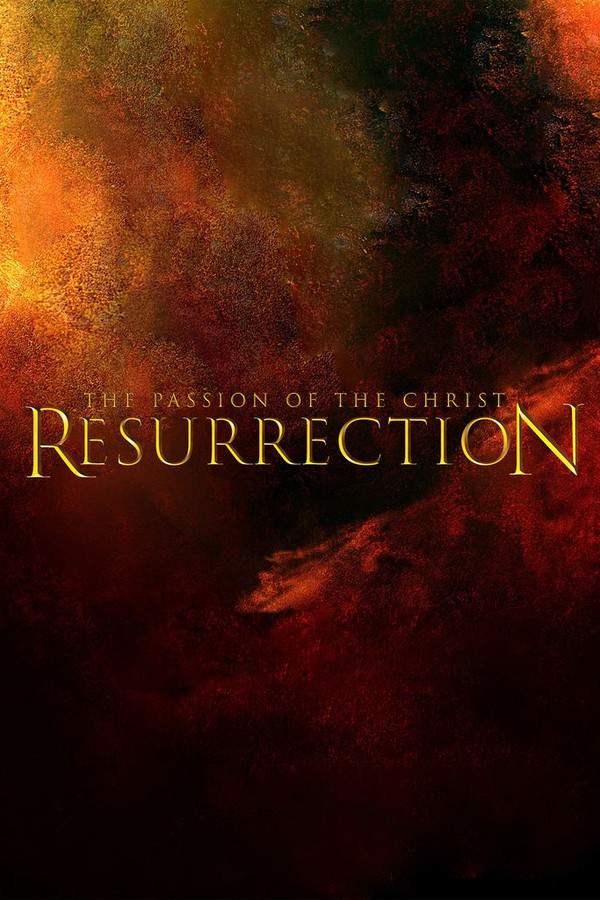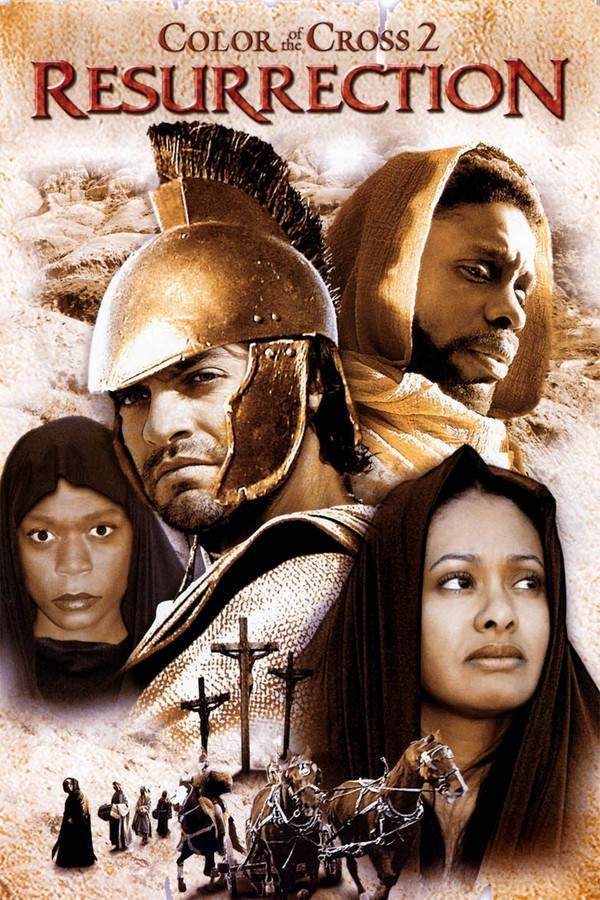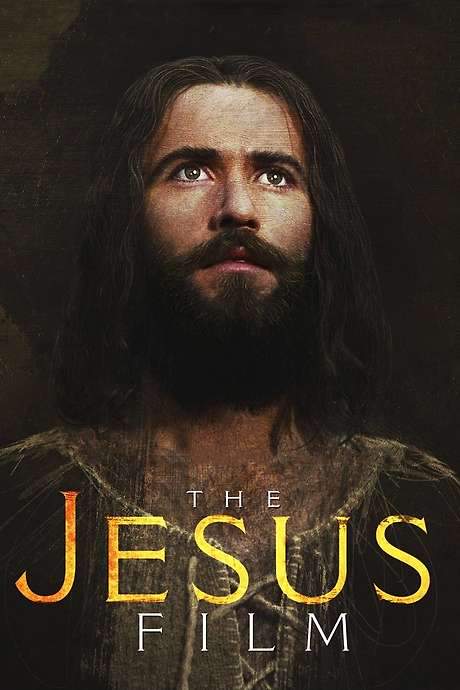Warning: spoilers below!
Haven’t seen Judas’ Kiss yet? This summary contains major spoilers. Bookmark the page, watch the movie, and come back for the full breakdown. If you're ready, scroll on and relive the story!
Judas’ Kiss (1954) – Full Plot Summary & Ending Explained
Read the complete plot breakdown of Judas’ Kiss (1954), including all key story events, major twists, and the ending explained in detail. Discover what really happened—and what it all means.
El beso de Judas reimagines the crucifixion story through the eyes of Judas Iscariot, the figure famous for the kiss that betrayed Jesus to the Romans for a handful of coins. This daring vantage point shifts the narrative’s focus onto Judas’s inner turmoil and the cascading consequences of his fateful choice, offering a fresh lens on a well-known event while staying anchored in the broader arc of the gospel tale.
The production unfolds as a legendary-scale epic for its time. It boasted an astonishing scope with eighty-two sets and exterior work carried out in the Holy Land. Director Rafael Gil moved the entire crew to the region in the summer of 1953, a commitment that allowed the film to capture expansive, dramatic vistas that would later be used in long shots and transparencies throughout the movie. The project gathered a brilliant cast and pushed technical boundaries to deliver a spectacle that sought to match the grandeur of Hollywood epics, while still rooted in Spanish cinema sensibilities.
The film’s cinematic ambition was publicly celebrated by contemporaries who hailed it as a monumental achievement in Spain. A journalist named Barreira even concluded a report with a bold reflection: “Never was such a gigantic film presented in Spain, a display of presentation as was required in this one, dealing with the exalted theme of the crucifixion of Christ.” That sense of scale and ceremony is woven into the story’s fabric, underscoring the ambition to treat the latter days of Jesus’s ministry as a grand, almost mythic tapestry rather than a simple retelling.
The idea of telling Judas’s drama, rather than retelling the passion from an omniscient viewpoint, had already seen earlier attempts. It traces back to the summer of 1952, when Escrivá presented the project to United Artists, which embraced the concept and promised broad distribution in many American markets. With that backing, the production spared no expense in building a cinematic experience that echoed the American epic tradition. The visual and dramatic approach drew aesthetic and dramatic cues from the era’s grand religious storytelling, aligning with the broad, far-reaching style associated with Cecil B. DeMille, while still exploring a stark, black-and-white visual palette that complemented the film’s austere, reverent tone. The film’s craftsmanship benefited from Enrique Alarcón’s artistic direction and Alfredo Fraile’s photography, paired with a solemn musical score by Cristóbal Halffter and a carefully crafted montage under the editorship of José Antonio Rojo, all of which contributed to a production that aimed to be living history in Spanish cinema.
Among the film’s standout cast are the figures who bring the core biblical events to life. The role of Poncio Pilato is portrayed with gravitas, anchoring the political and ceremonial pressures surrounding the crucifixion. The central figure of Jesus is brought to the screen by Jesus, whose presence anchors the narrative’s most sacred moments. The beloved Mary Magdalene is portrayed by Mary Magdalene, whose interactions with the central characters add emotional depth to the unfolding tragedy. Across these roles, the film threads a constellation of biblical personages and their varied responses to the coming crucifixion, painting a broad tapestry of loyalties, fears, and moral reckonings that propel Judas’s controversial journey.
In sum, El beso de Judas stands as a landmark Spanish production that pursued a bold, cinema-wide retelling of a pivotal moment in history from a provocative vantage point. It blends meticulous, large-scale craftsmanship with a daring narrative perspective, aiming to evoke the grandeur of epic cinema while remaining deeply rooted in a singular, human point of view. The collaboration of a creative team and a cast drawn from the era’s notable talents helped realize a film that both challenged and fascinated audiences, inviting ongoing discussion about faith, betrayal, and the limits of perspective in telling a sacred story.
Last Updated: October 09, 2025 at 10:52
Unlock the Full Story of Judas’ Kiss
Don't stop at just watching — explore Judas’ Kiss in full detail. From the complete plot summary and scene-by-scene timeline to character breakdowns, thematic analysis, and a deep dive into the ending — every page helps you truly understand what Judas’ Kiss is all about. Plus, discover what's next after the movie.
Judas’ Kiss Timeline
Track the full timeline of Judas’ Kiss with every major event arranged chronologically. Perfect for decoding non-linear storytelling, flashbacks, or parallel narratives with a clear scene-by-scene breakdown.

Similar Movies to Judas’ Kiss
Discover movies like Judas’ Kiss that share similar genres, themes, and storytelling elements. Whether you’re drawn to the atmosphere, character arcs, or plot structure, these curated recommendations will help you explore more films you’ll love.
Explore More About Movie Judas’ Kiss
Judas’ Kiss (1954) Scene-by-Scene Movie Timeline
Judas’ Kiss (1954) Movie Characters, Themes & Settings
Judas’ Kiss (1954) Spoiler-Free Summary & Key Flow
Movies Like Judas’ Kiss – Similar Titles You’ll Enjoy
The Passion of the Christ (2004) Detailed Story Recap
Color of the Cross (2006) Complete Plot Breakdown
The Last Supper (2025) Detailed Story Recap
Judas (2004) Full Summary & Key Details
Judas: Close to Jesus (2001) Film Overview & Timeline
The Gospel of Judas (2006) Plot Summary & Ending Explained
The Day Christ Died (1980) Ending Explained & Film Insights
Behold the Man (1935) Ending Explained & Film Insights
Jesus (1979) Complete Plot Breakdown
Judas & Jesus (2008) Complete Plot Breakdown
Jesus of Nazareth (1942) Spoiler-Packed Plot Recap
The Passover Plot (1976) Detailed Story Recap
The Judas Project (1993) Film Overview & Timeline
The Martyr of Calvary (1952) Complete Plot Breakdown
Pontius Pilate (1962) Plot Summary & Ending Explained


















